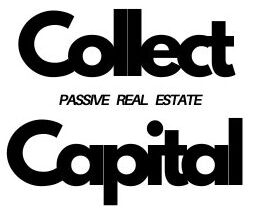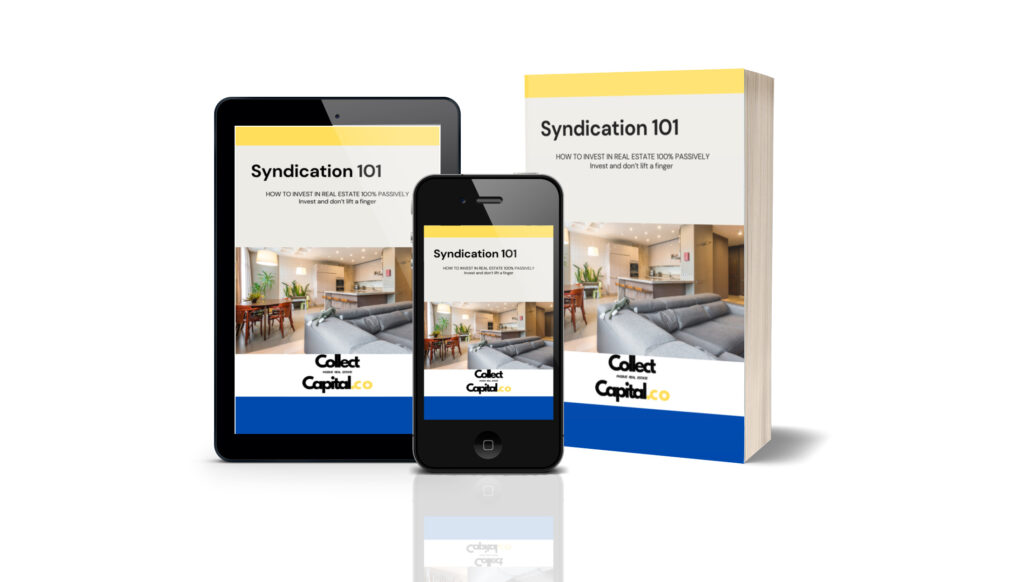Cap rates serve as a method, for assessing investment properties indicating the return on investment of debt. To calculate the cap rate, one divides the operating income (NOI) by the property’s purchase price. This metric offers insight by comparing assets within a market.
It’s worth noting that cap rates do not directly measure profitability but are influenced by variables such as interest rates, inflation and other market conditions.
In investing cap rates hold importance. They help predict a property’s cash flow potential and offer insights into what potential investors might be willing to pay for an investment property.
What Does Cap Rate Mean?
A cap rate represents the return on investment that a real estate investor can expect from a property. It is determined by dividing the property’s cash flow by its price. Can be expressed either as a percentage or an annualized percentage.
How to Calculate Cap Rate for Multi-Unit Properties
The capitalization rate (also known as cap rate) signifies the annualized return on your real estate investment. For instance, if a property valued at $1 million generates $50,000, in income its cap rate would be 5%.
Things to Consider When Looking at Cap Rates
A higher cap rate indicates value for your investment.
There are factors that can impact your return, on investment (ROI) such as market conditions and interest rates. For instance, if you purchase a property with a 5% cap rate but the rates increase to 6% your ROI will decrease to 4%.
To determine the cap rate for. Properties you need to consider the total value of all units within the property not just individual units. This approach is logical because if one unit is sold it affects all units well.
For instance, let’s say you own a four plex with a value of $200,000. If you sell one unit for $60,000 your cap rate will decrease to 6% due to the 30% reduction in value.
The initial step, in calculating the cap rate involves determining your operating income (NOI). This figure represents the amount remaining after covering all operating expenses. Before servicing debt (mortgage payments). To find the Net Operating Income (NOI) you subtract all operating expenses, from the revenue;
NOI = Total Revenue / Operating Expenses
Then you divide the NOI by the property’s purchase price to calculate the Cap Rate;
Cap Rate = NOI / Purchase Price
Factors to Keep in Mind When Evaluating Cap Rates
The cap rate of a building is influenced by factors like location, quality and age. However, there are some rules that can give you an estimate of the returns you might expect from a property;
Single family homes; 4%. 6%
Multifamily buildings; 4%. 8%
Office buildings; 7%. 12%
When assessing a property’s cap rate there are several considerations to take into account.
Firstly, it’s important to note that the accuracy of the cap rate depends on the data used. For instance, if you’re analyzing a building with a history of maintenance your cap rate may be lower due to repair and upkeep expenses.
Additionally, it’s crucial to factor in all ownership related costs, beyond the mortgage payment. This includes taxes (which can vary significantly) insurance fees and other expenditures linked to property ownership.
Ensure you’re comparing aspects when evaluating properties. For instance, if one property has five bedrooms and another has three both listed at $200,000 it’s unfair to judge on price as they vary in size and offerings.
Understanding the Significance of Cap Rate, for Multifamily Investors
In the realm of investments having an understanding is crucial. The cap rate serves as a tool for investors to assess the returns from various properties and project their property’s appreciation over time. Here are some reasons why cap rate holds importance for investors;
1) Revealing Property Value with Cap Rates
The cap rate represents the relationship between cash flow and the property’s purchase price. It offers an estimate of value by comparing an assets cost to its income generation. For example, if a property generates $100,000, in rent but costs $100 million you can anticipate a 10% cap rate.
When comparing two properties of value but different cap rates it’s advisable to opt for the one, with the cap rate.
2) Determining yields through cap rates is essential for investments.
These investments can sometimes be challenging due to down payments, high vacancy rates or operating expenses. However, they can still be profitable if they generate yields that offset their costs and risks. Yield indicates how much rental income covers all expenses, including debt payments and taxes.
The ideal cap rate for investments varies based on the investor type and property type. For instance, a cap rate ranging from 5% to 6% is reasonable when purchasing a 6- or 10-unit apartment building. Conversely a cap rate between 7% and 8% is considered appropriate for an office building with over 100 units.
Determining a cap rate for an investment relies on various factors such, as property type and your investment approach.
For instance, if you intend to keep the property for a time or if you’re considering using loans or other forms of debt to boost your returns, an 8% or 9% return could be deemed satisfactory. However, if you prefer short term investments and aim to steer clear of debt a 5% or 6% return would be more suitable.
In conclusion
Many individuals find it valuable to gain an understanding of the cap rate and its significance, in evaluating investments. This comprehensive article provides insights into the cap rate and its importance as a metric, in assessing investments.
Schedule a call with us at CollectCapital.co


